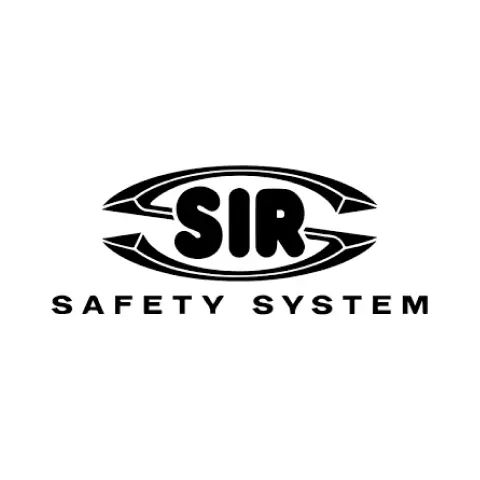Traffic Waistcoat Yellow
5.0 / 5
Product description
Product Features:
- Waistcoat design
- Central zipper closure
- Three-dimensional pockets with flap and Velcro closure
- Lower pockets with concealed zip fastening
- Inner sweat wiper yoke
- Double reflective band
Technical Details:
- Fabric: 100% polyester
- Weight: 170 g/m²
Standard:
- EN ISO 20471 CLASS 2
- High Visibility
- Machine Washable
Standards and labels
SIR SAFETY SYSTEM delivery terms
Free delivery when you order more than 150,00 € from SIR SAFETY SYSTEM
Supplier shipping fee 4,74 €
Brand minimum 150,00 €
Prices excl. VAT
20,59 €
Estimated delivery: Sep 12-15th
Minimum: 1 pieceChoose quantity
S
M
L
XL
3X
XX
Add 1 to reach minimum
Shipping fee is 4,74 € for orders under 150,00 €
Sold in units of one piece
View packaging details
Need larger quantities?
Other products you may like
Recently viewed
Other products you may like
Similar products you may like
Autonomous sourcing platform
The most efficient way to source and order supplies for your operations
Sourcing
Find all possible options within Europe in one place
Tap into the purchasing power of 1000s of customers
Set Price Alerts for your products and volumes
Ordering
Single process to order for your suppliers
Centralize orders to reduce admin work
Easily coordinate orders with your team



